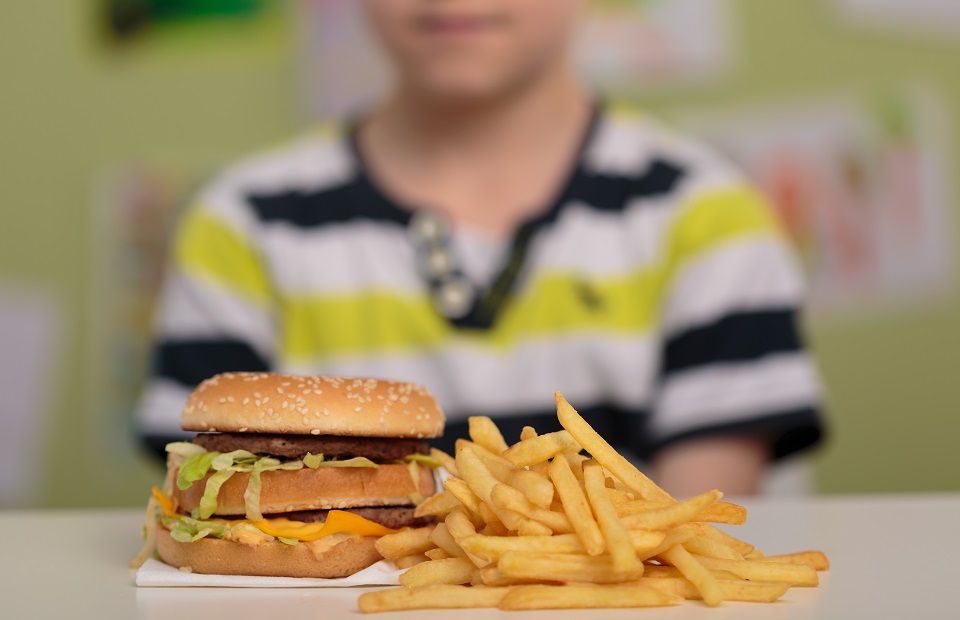Physical activity calorie equivalent (PACE) food labelling aims to show how many minutes or miles of physical activity are needed to burn off the calories in a particular food or drink.
For example, eating 230 calories in a small bar of chocolate would require about 46 minutes of walking or 23 minutes of running to burn off these calories.
The research team, led by Loughborough’s Professor Daley with colleagues from the Universities of East Anglia and Birmingham, calculated that if PACE labelling was widely applied, on average, it might shave off up to 200 calories per person per day.
Given that the current system of food labelling by calorie and nutrient content is poorly understood, and there’s little evidence that it is altering food consumption or purchasing decisions, it may be worth trying, they suggest.
The UK Royal Society for Public Health has already called for PACE labelling to replace the current food labelling system, but to date, there’s been little strong evidence to back this stance.
The project team examined research databases and other relevant online resources for studies that compared PACE labelling with other types of food labelling or none for potential impact on the selection, purchase, or consumption of food and drink products (excluding alcohol).
They found 15 relevant randomised controlled studies and pooled the data from 14 of them. The results showed that when PACE labelling was displayed on food and drink items and on menus, on average, significantly fewer calories – around 65 less per meal – were selected.
PACE labelling was also associated with the consumption of around 80 to 100 fewer calories than no food labelling and other types of labelling.
Based on the findings from the review, and average consumption of three meals a day plus two snacks, the researchers suggest that PACE labelling might potentially slice around 200 calories off daily intake.
But they caution that the number of included studies was small, and the design of each varied. Most weren’t carried out in real life settings, such as restaurants and supermarkets.
Nevertheless, they suggest that PACE labelling shows some promise in reducing the number of calories selected from menus, as well as the number of calories consumed.
Professor Daley said: “The evidence shows that even a relatively small reduction in daily calorie intake (100 calories) combined with a sustained increase in physical activity is likely to be good for health and could help curb obesity at the population level. PACE labelling may help people achieve this.
“It is a simple strategy that could be easily included on food/drinks packaging by manufacturers, on shelving price labels in supermarkets, and/or in menus in restaurants/fast-food outlets.
“Public health agencies may want to consider the possibility of including policies to promote it as a strategy that contributes to the prevention and treatment of obesity and related diseases.”
The research paper Effects of physical activity calorie equivalent food labelling to reduce food selection and consumption: systematic review and meta-analysis of randomised controlled studies has been published online in the Journal of Epidemiology & Community Health.


